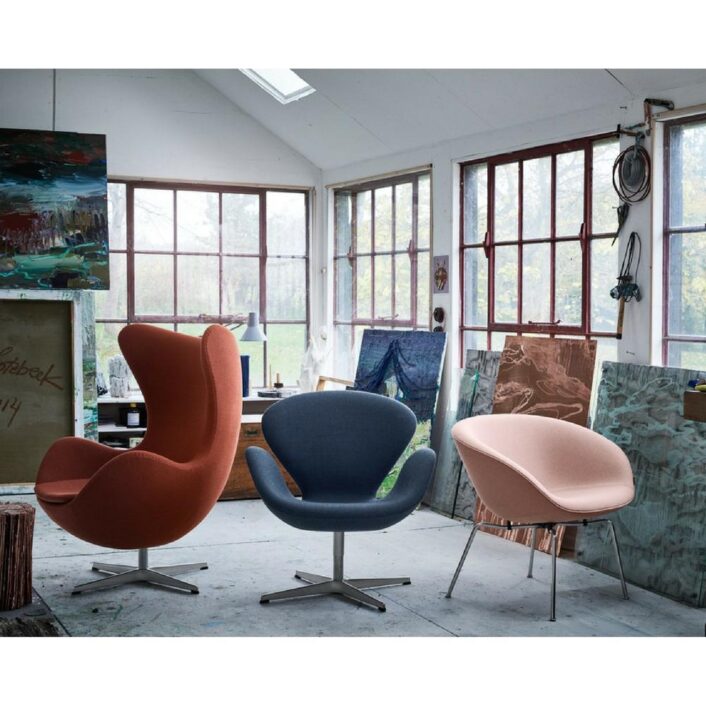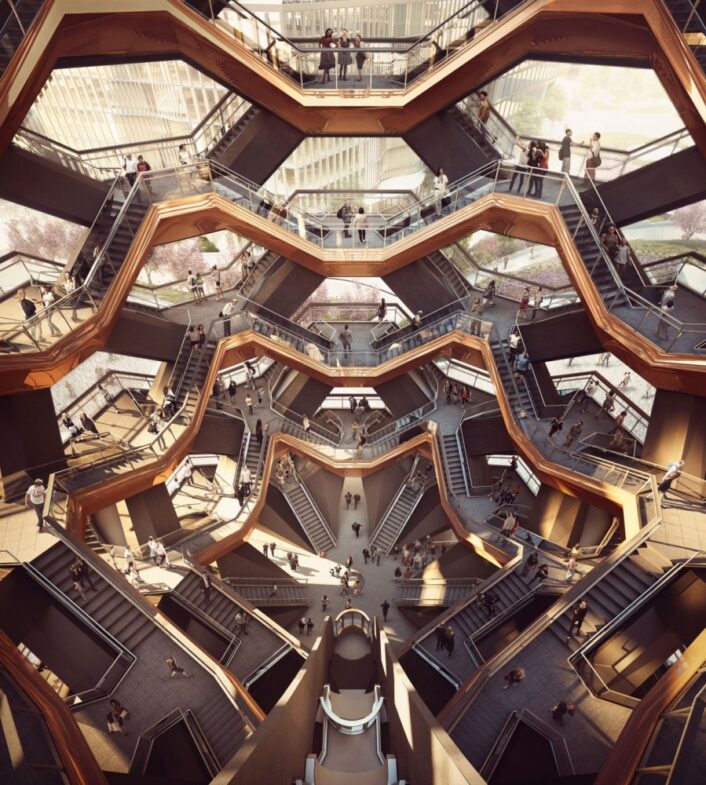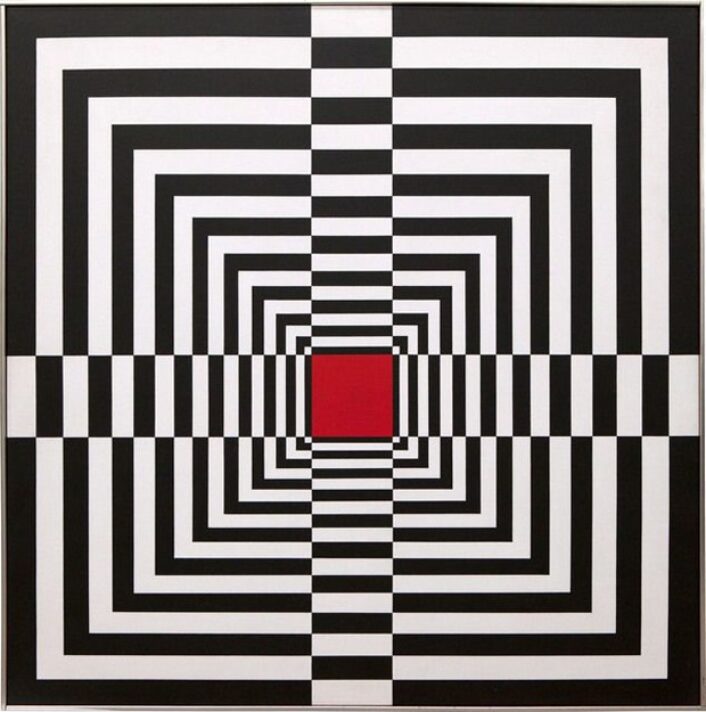Architecture
A SPUN chair

In 2010, as part of the London Design Festival, Thomas Heatherwick provided thirty of his Spun Seats to the Southbank Centre Square for members of the public to use.
Image courtesy of: London Design Festival
Initially, Thomas Heatherwick designed the Spun Seat as an experiment to see whether or not the process of spinning metal could be used to create something to sit on. The finished product was a completely symmetrical rotational form that would work as a chair no matter which way it was rotated.
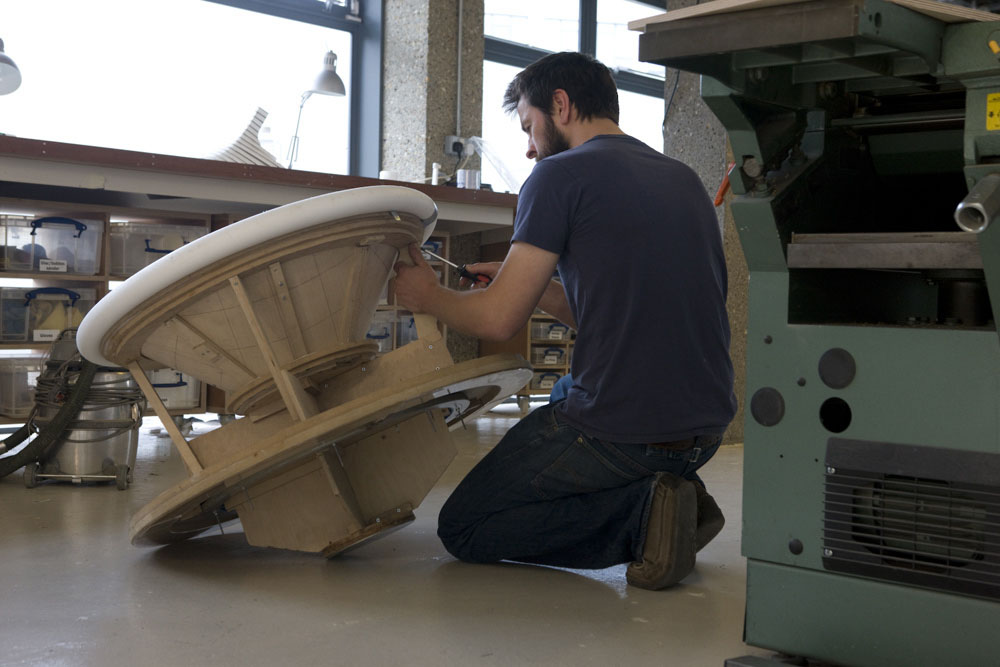
The chairs can be used for either indoor or outdoor use.
Image courtesy of: Thomas Heatherwick
After producing a limited number of the metal variety, the studio joined forces with Magis, an Italian furniture manufacturer, to develop a polypropylene version. Different from the metal version, this one did not have a smooth surface, but instead was covered with a detail of fine ridges. These grooves added comfort and reinforcement to the form.
When upright, the Spun Seat looks like it could be a sculptural vessel. However when it leans on its side, the chair becomes a “fun version” of itself and lets you rock from side-to-side or to spin around. If the seat is turned upside-down, it becomes a sculptural vessel. Heatherwick conveniently plays with our viewpoint and challenges our perspective.
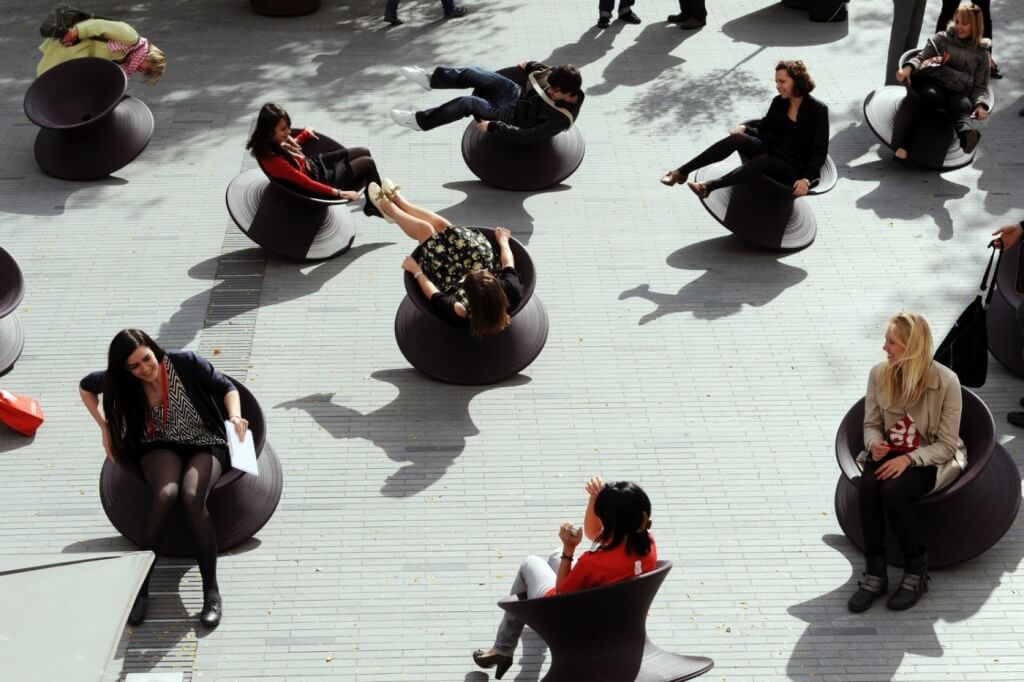
When the chairs were placed at Los Angeles’ Hammer Museum, the patio looked like an adult recess hour!
Image courtesy of: Metaefficient
Below is what Heatherwick said about how the Spun Seat came to made.
“You feel your back stretching, your legs up, you get a different perspective on the world and then come back ‘round. Normally somebody gets terrified of going all the way around and then realizing that they can – there’s a sort of art to doing it.
There was no intention to design a chair. We have all sorts of experiments and tests we’ve tried, many of which go absolutely nowhere, but the occasional times where things really come together, that moment is exhilarating.
With this project there was an idea, a proposition: was there a geometry you could make that was rotationally symmetrical, that you could sit on and be comfortable in? Because if you could you would be breaking down the typical seat, back, arm, front legs, back legs, which are all the ingredients you’re used to seeing.”
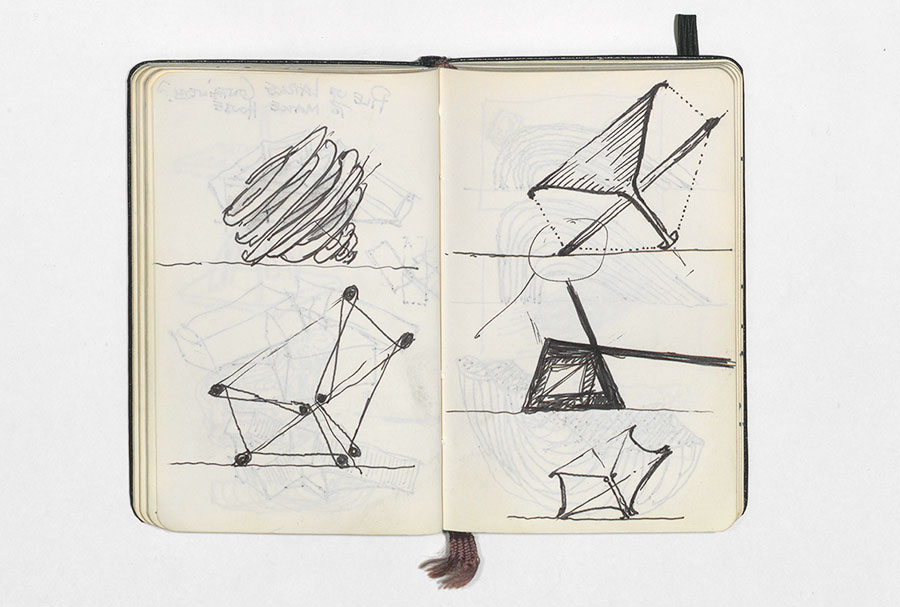
The original architectural drawings behind the Spun Seat.
Image courtesy of: Thomas Heatherwick
The original prototypes were metal and thus, the edge and foot of the chair included a leather trim so that no damage was done to the floor. Each chair was assembled with six metal spinners, welded together, and polished in order to create a uniform surface. Quite the spinning top!
